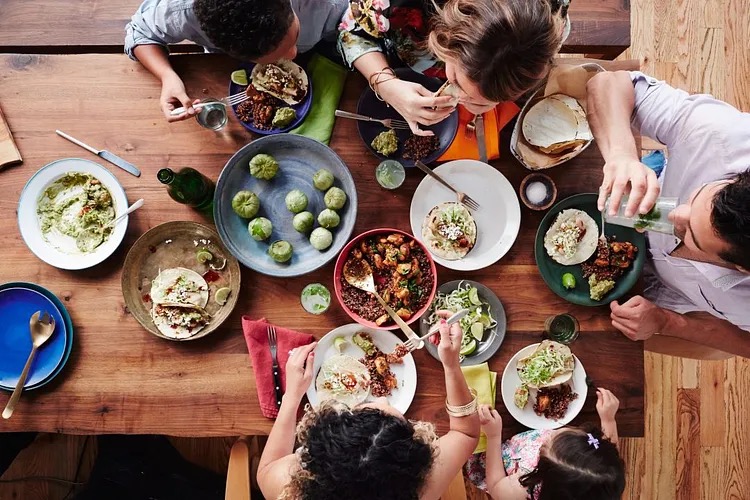For the Love of Food, People, and UX: A Usability Case Study On Eat24
 tony nwankwo
tony nwankwo
Introduction
In this usability case study, we delve into the world of food delivery app Eat24, exploring its user experience and proposing design changes to enhance its functionality. Authored by Katie Chen, this study aims to critically analyze existing issues, provide well-reasoned solutions, and showcase the design process.
Objective
Katie outlines her goals for the UX study, emphasizing a meticulous analysis of the app's problems, data-backed decision-making, transparent communication of the design process, and the ability to identify potential usability test participants.
Why Eat24?
Food delivery, a revolutionary concept, becomes even more convenient with smartphones. Katie chose Eat24 for its integration with Yelp reviews and ratings, offering users a chance to pick the best delivery option. The study becomes an opportunity for Katie to showcase her design skills and improve the overall user experience.
User Research
Katie conducted usability tests on a diverse group of users, recording their interactions and insights. The prompt focused on a scenario where users would prefer delivery over dining out. The user demographic included individuals aged 20–40, with varying levels of experience with food delivery apps.
Katie utilized UX tools like GoPro for recording, affinity maps for organizing findings, and 2x2 diagrams to analyze insights in terms of user and business importance.
Defining the Problem
Through user interactions, Katie identified three main pain points:
1. Users confused about search result order and presentation.
2. Ineffectiveness of the current sort bar.
3. Users overlooking the "restaurant information" page despite interest in reviews and ratings.
The overarching problem was identified as a mismatch between the app's search experience and users' mental models.
Ideation
To address the identified pain points, Katie drew inspiration from the main Yelp app. Proposed solutions included:
1. Highlighting a sort label by default.
2. Improving the sort bar and introducing useful filter options.
3. Prioritizing restaurant information with reviews before displaying the menu.
Katie sketched various design options, considering technical and business constraints, and tested the prototype on seven new users.
The Solution and Impact
Post-implementation, all seven users found the search results' ranking order clear, and none expressed confusion. Users actively engaged with the new filter and sort bar, indicating an improved and streamlined browsing experience.
Conclusion
The study concludes by emphasizing the importance of aligning Eat24's experience with the popular Yelp app. Katie believes this consistency will encourage more users to adopt Eat24 as their primary delivery method.
In summary, the love for food, people, and UX motivated Katie to conduct a thorough analysis of Eat24, with the hope of contributing to its improvement. The study is a testament to Katie's dedication to enhancing user experiences.
Note: The author, Katie Chen, is not affiliated with Yelp or Eat24. The study was conducted independently to enhance her design skills.
Subscribe to my newsletter
Read articles from tony nwankwo directly inside your inbox. Subscribe to the newsletter, and don't miss out.
Written by
